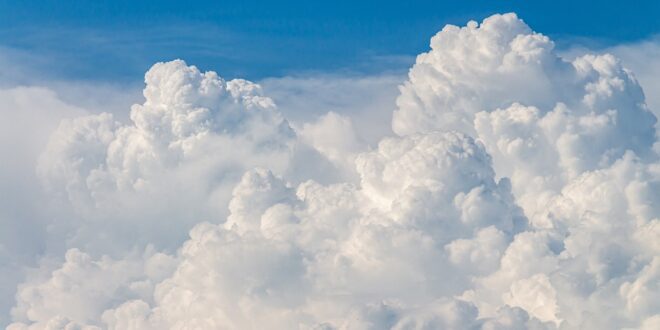10 Surprising Weathering Facts That Will Blow You Away
Weathering is a fascinating natural process that constantly shapes our world. Here are 10 surprising facts about weathering that will amaze you:
1. Weathering can happen in various forms
From mechanical weathering like freeze-thaw cycles to chemical weathering like acid rain, there are many ways that rocks and landforms can be broken down over time.
2. Water is a powerful weathering agent
Water can seep into cracks and crevices in rocks, freeze and expand, causing them to weaken and break apart. This process is known as frost wedging.
3. Plants and animals can weather rocks
Tree roots can grow into rocks, exerting pressure and causing them to crack. Animals like burrowing rodents can also contribute to the breakdown of rocks.
4. Weathering can create some stunning landforms
From towering arches like the famous Delicate Arch in Arches National Park to dramatic sea stacks along coastlines, weathering can create some truly breathtaking landscapes.
5. Weathering can happen quickly or slowly
While some weathering processes can take millions of years to noticeably change the landscape, others can happen in a matter of weeks or months, especially in areas with extreme weather conditions.
6. Weathering can be influenced by human activities
Activities like mining, deforestation, and pollution can accelerate the process of weathering and cause significant damage to the environment.
7. Weathering plays a key role in the formation of soil
As rocks break down through weathering, they release minerals and nutrients that enrich the soil, making it more fertile for plants to grow.
8. Weathering can contribute to erosion
Once rocks have been broken down through weathering, they can be easily eroded by wind, water, and glaciers, leading to the reshaping of the landscape.
9. Weathering can impact cultural heritage sites
Ancient monuments and structures are not immune to the effects of weathering, which can cause deterioration and the loss of important historical artifacts.
10. Weathering is a continuous process
While we may not always notice it, weathering is constantly at work, slowly but surely shaping the world around us and reminding us of the power of nature.
 Mind Uncharted Explore. Discover. Learn.
Mind Uncharted Explore. Discover. Learn.




